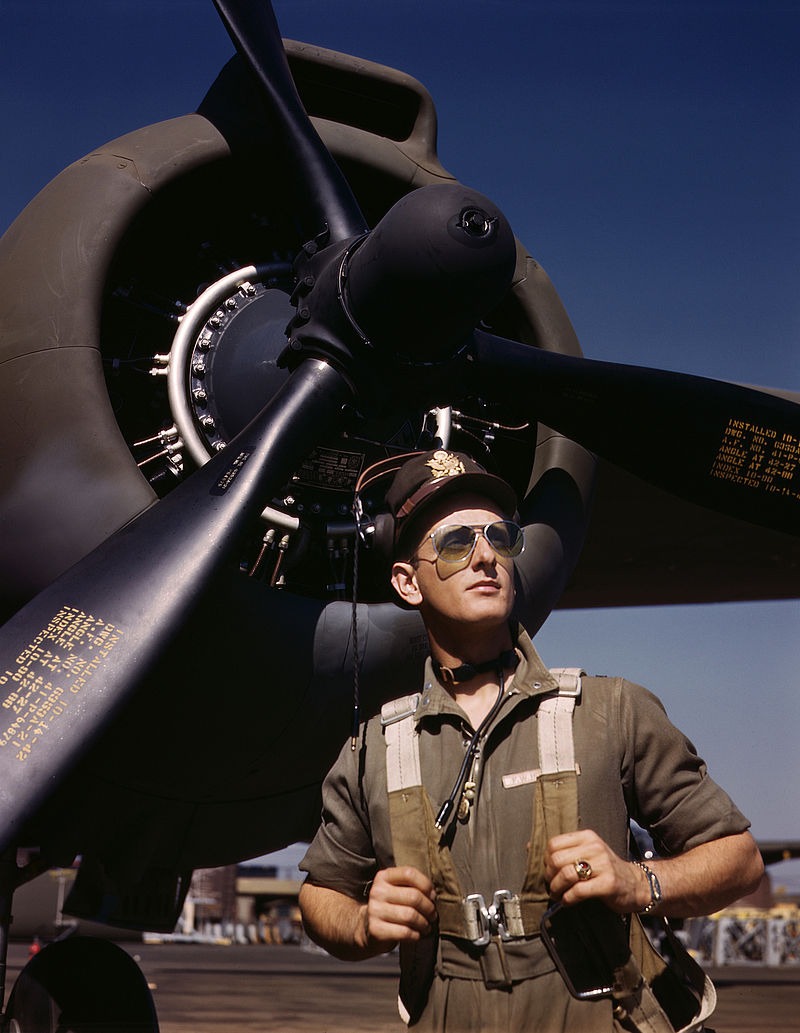Isn’t it fascinating to see the beautiful view on top of the mountains as you rush into the clouds and soar the skies? There are many ways to catch a breath-taking view at the top, but riding a plane is one of the best ways to enjoy the beautiful scenery. Better yet, if you are a pilot, soaring the clouds would be a more exciting experience.
A lot of people dreamed of becoming a pilot. Traveling the world and flying a plane are some of the beautiful features of being a pilot. However, not all pilots are the same. There are pilots that are known for flying wide-body airliners, while others are known for flying small drones. Furthermore, pilots have been known to make a significant impact in our history as they fought in the two World Wars. Flying various military aircraft, such as bomber planes, these pilots are equipped with skill and courage to complete their mission.
However, skill and courage are not the only traits needed for a bomber pilot. Flying bomber planes also require other factors; an aspiring pilot would undergo series of tests to see if he’s fit for the job. In this article, we are going to look into the different physical requirements needed for a bomber pilot.
What is a Bomber Pilot?
First and foremost, let us first learn more about what a bomber pilot is. When you become part of the Air Force, there are different flight careers that you can choose from. Each of these careers specializes in various aspects related to accomplishing military operations. One of them is being a bomber pilot.
From the name itself, a bomber pilot specializes in flying bomber planes. Bomber planes are combat aircraft that are designed to attack with the use of bombs, torpedoes, as well as missiles. Bomber planes have been significantly used in several events throughout history, wherein they are widely known for their participation in the two World Wars. A bomber pilot, along with a five-member crew, operates these planes.
The primary role of a bomber pilot is a fly a bomber plane and command crews to accomplish operations, as well as missions. The crew usually consists of five members, which includes a copilot, radar navigator, navigator, and electronic warfare officer (EWO). It is the bomber pilot’s job to ensure the aircraft is inspected, loaded, equipped, and manned before the mission. They are also responsible for supervising mission planning, preparation, as well as creating flight plans.
Physical Requirements of a Bomber Pilot
Now that we already have a brief idea of what is a bomber pilot let us dig deeper and look into the physical requirements needed to be qualified for the job. Pursuing your dream of becoming an Air Force pilot demands strict requirements to make sure you are fit for the job. You would need to meet the height, weight, and physical conditioning requirements to be qualified.
A candidate must be sixty-four to seventy-seven inches tall when standing and thirty-four to forty inches tall when sitting. This height requirement is the standard to becoming an Air Force pilot. However, if a person fails to meet the height requirements, he or she could apply for a height waiver to pursue a career in the Air Force. This feature was made possible by modern aircraft, which has adjustable seats that are suitable for any height.
Furthermore, a person’s anthropometric measurement is also essential in becoming a bomber pilot. A candidate must pass the test, which includes measuring the sitting eye height and arm span. The weight depends on the candidate’s height, which could range from 160 to 230 pounds, along with a specific fat percentage in the body. For men, not more than twenty to twenty-four percent of body fat is required, while women could only have below twenty-eight to thirty-two percent. In terms of physical conditioning, a candidate must be able to accomplish various exercises, including push-ups, sit-ups, and a timed run.
These physical requirements are only some of the needed qualities to become a bomber pilot. Besides these, there are other qualifications required to see if a candidate is physically, mentally, and emotionally fit to be part of the Air Force.
